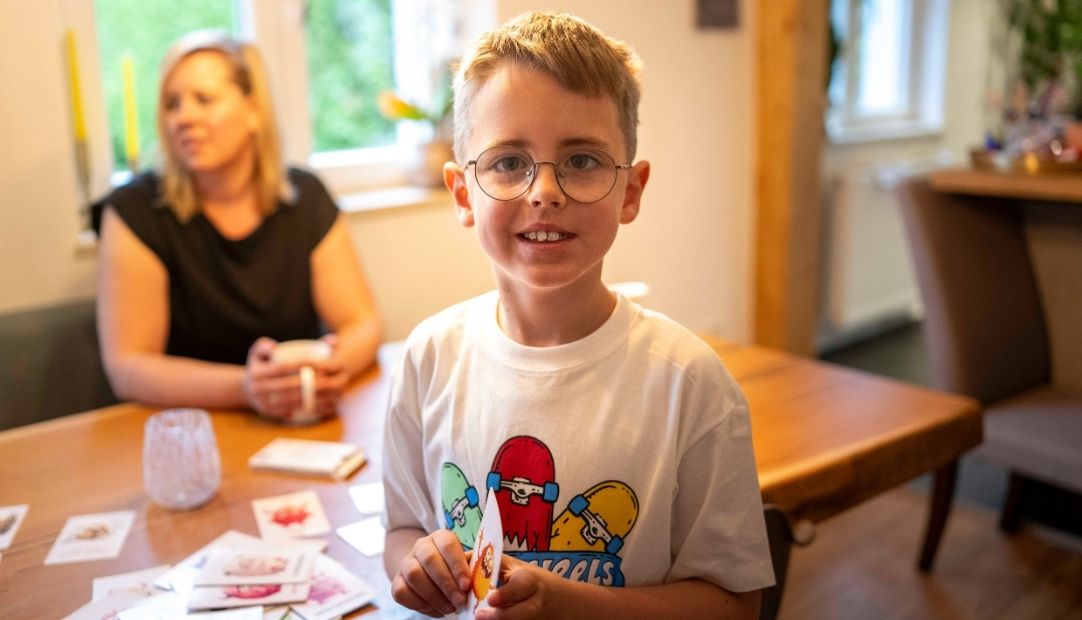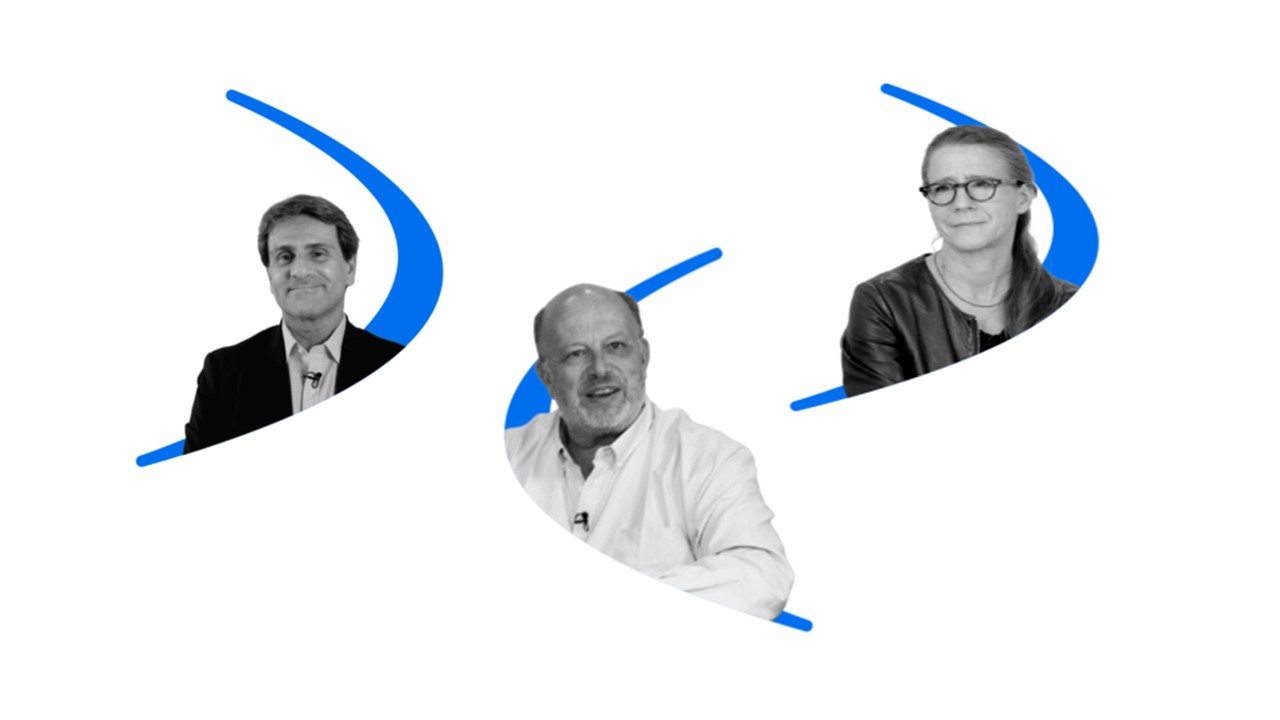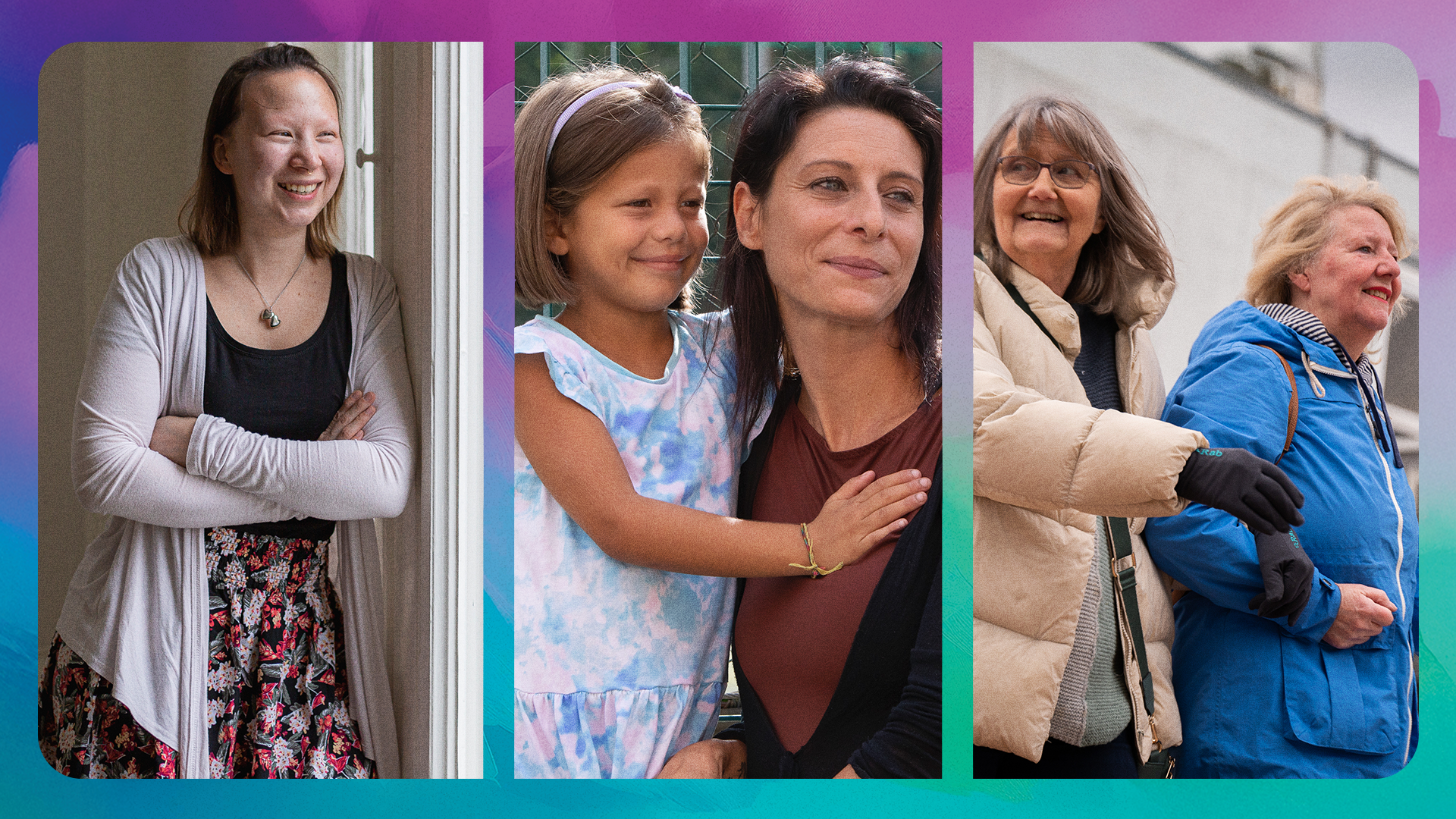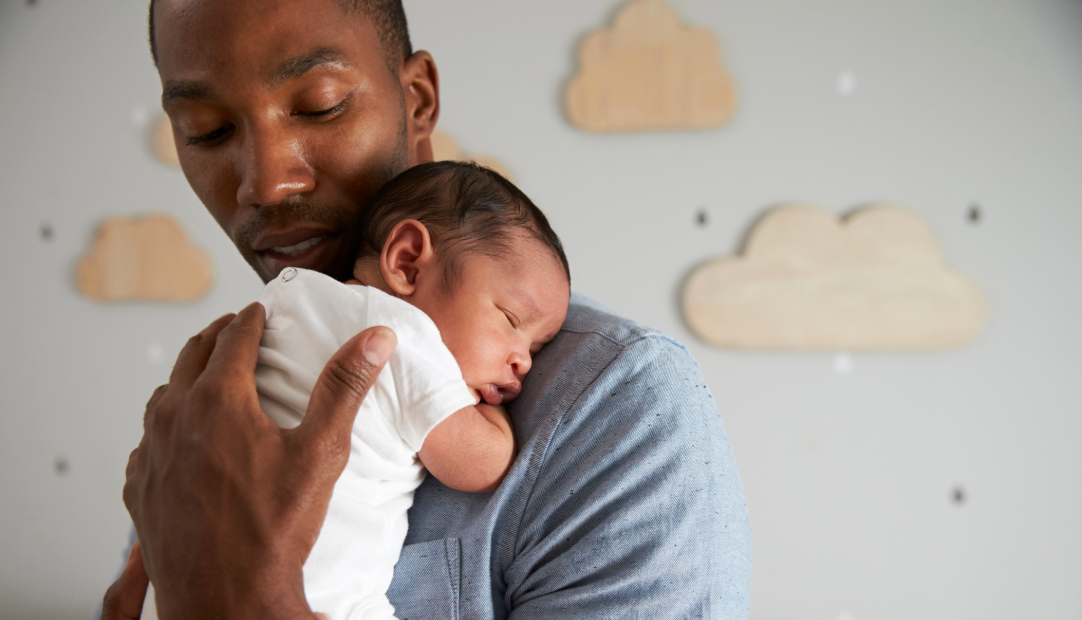‘A Life in a Day’: the realities of living with FOP
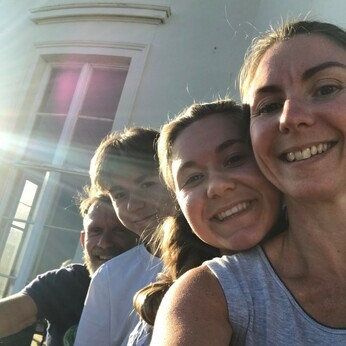
I was honored to be invited to take on the challenge to live ‘A Life in a Day of a patient with FOP’ – but also apprehensive. The challenge simulated a day spent living as someone who has fibrodysplasia ossificans progressiva (FOP). FOP is a debilitating, ultra-rare disorder where bone forms outside of the skeleton in muscles, tendons, and ligaments,1 which can be a response to flare-ups, which are often brought on by trauma, such as a fall or an intramuscular injection.2 This incorrect bone formation leads to locking of joints and debilitating reduced mobility over time.3,4 It is chronic and progressive and has a huge impact on the daily lives of those it affects…3,4 as I was soon to find out…
Patient centricity is a mantra for many companies, but at Ipsen patients truly are at the heart of everything we do; we work with them, and we work hard to empathize with the challenges that they face, to improve what we do. Our partnership with The Method, a company that encourages patient centric thinking and behavior through immersive experiences, has allowed Ipsen employees like me to gain a very small insight into the realities of living with an ultra-rare disease.
Overview of the experience
The immersive experience was brought to life through an app with regular interactive challenges, live role play, and some aids to simulate the physical challenges of people who live with FOP.
The day started when the app pinged the first challenge to me at 7.00am. I was provided with instructions to use a range of innovative wearables that served to restrict my movement for the day. They even managed to simulate a swelling on my leg using a foam ball and strapping, as a sign of a potential flare up…
Over the course of the next 12 hours, I received regular instructions to help me experience what living with FOP might be like – and to make me contemplate how I would cope with the knowledge that my mobility was likely to become more and more restricted as time went on.
It was completely immersive.
Every aspect of my life was impacted; getting dressed, eating, commuting, typing on my keyboard, using the bathroom. All of it presented challenges in ways I could not have anticipated. There was a real difference between reading or hearing about the impact of the condition on patients, and actually attempting to live like a patient.
It went well beyond the physical challenges though… I had to consider the impact on friends and family, my career, and my emotional well-being. I lived with the anxiety of falling and injuring myself, and of losing more mobility. I had to engage with the way other people (including colleagues) perceived me and my condition – and there were interactive role play calls to assess what adaptions would be needed to my house to help me live in it as my mobility deteriorated. A challenging call from an hypothetical employer questioned my capabilities and a conversation with a patient support group made me realise just how much I would need to think about as my condition progressed.
It lasted 12 hours, but it truly was ‘A Life in a Day’. I was transported through a lifetime of issues and challenges that impacted me in ways I could not have imagined. The ongoing instructions from the app were relentless and exhausting, and while it is nothing compared to living with the condition, it gave me a powerful glimpse into the physical, social, and emotional challenges that are an everyday part of living with FOP.
On the day of the experience, I happened to be with my extended family in the small village where I’d grown up and where many had known me since childhood. I was given some dice as part of the challenge, which I had to throw throughout the day to determine the severity of incidents that I experienced, such as the outcome of dental checks, or the severity of a fall. The countdown to news and having to wait until later in the day to find out the impact of an incident really brought home to me that this condition is subjective in how it takes over of the bodies of the people it affects.
In one challenge, I had to feed myself with a telescopic spoon. Sounds possible, but with restricted joint movement in both arms and – by that late point in the day – an inability to bend at the waist and sit up, the spoon was useless. Wearing a sterile bib and eventually having to give up and be fed by my son, it was a disempowering experience. Eating was no longer fun.
In another role play, I talked to a patient group member who is living with FOP and many of the symptoms I was experiencing, including a locked jaw – he was talking to me as if I was a patient myself and I found it very hard to ‘join in’ knowing that all the problems I had were so very temporary. He had a humor and kindness that still make me emotional to think about now.
The challenges had a huge impact, not only on me, but also on my family and for the people I bumped in to during the day. My mum was overcome and deeply affected – she did exactly what you’re not meant to do…felt sorry for me all day, answered for me, took away my choices, wouldn’t let me do things for myself. It was as interesting watching and learning from the reactions of those around me as it was observing my own.
Overall, the experience was visceral and incredibly emotional and I’m grateful for having had the opportunity to experience in some small way what patients with FOP live with every day. It felt like a privilege; indeed, it was a privilege. It was humbling, frightening, and eye-opening, but importantly it was also an opportunity to raise awareness.
I’m sharing my experience because I want to communicate the impact it had on me and the potential effect it could have on others. As far as we know, only 900 people in the world truly understand what it’s like to live with FOP.5 Getting a small glimpse of what they face reminded me of what’s at stake. Putting ourselves in the shoes of those we support is not only inspirational and motivational but also fundamental in ensuring we are equipped to deliver against our Ipsen promise: to focus. Together. For patients and society.
I encourage others to walk in the shoes of patients with FOP. Only then can we really begin to understand and appreciate the challenges they face.
By Abbie Pound, Culture and Engagement Director, Patient Centricity Champion, CSR Champion. UK & Ireland Global Hub, Ipsen
- Kaplan FS, et al. The medical management of fibrodysplasia ossificans progressiva: current treatment considerations. Proc Intl Clin Council FOP 1:1-111, 2019.
- Pignolo RJ et al. The Natural History of Flare-Ups in Fibrodysplasia Ossificans Progressiva (FOP): A Comprehensive Global Assessment. J Bone Miner Res. 2016;31(3):650-656.
- Kaplan FS et al. Early Mortality and Cardiorespiratory Failure in Patients with Fibrodysplasia Ossificans Progressiva. J Bone Joint Surg Am. 2010;92:686–91.
- Pignolo RJ et al. Fibrodysplasia Ossificans Progressiva: Diagnosis, Management, and Therapeutic Horizons. Pediatr Endocrinol Rev. 2013;10(2)437-448.
- IFOPA, What is FOP?, IFOPA. [Last accessed 30 August 2022]. https://www.ifopa.org/what_is_fop


